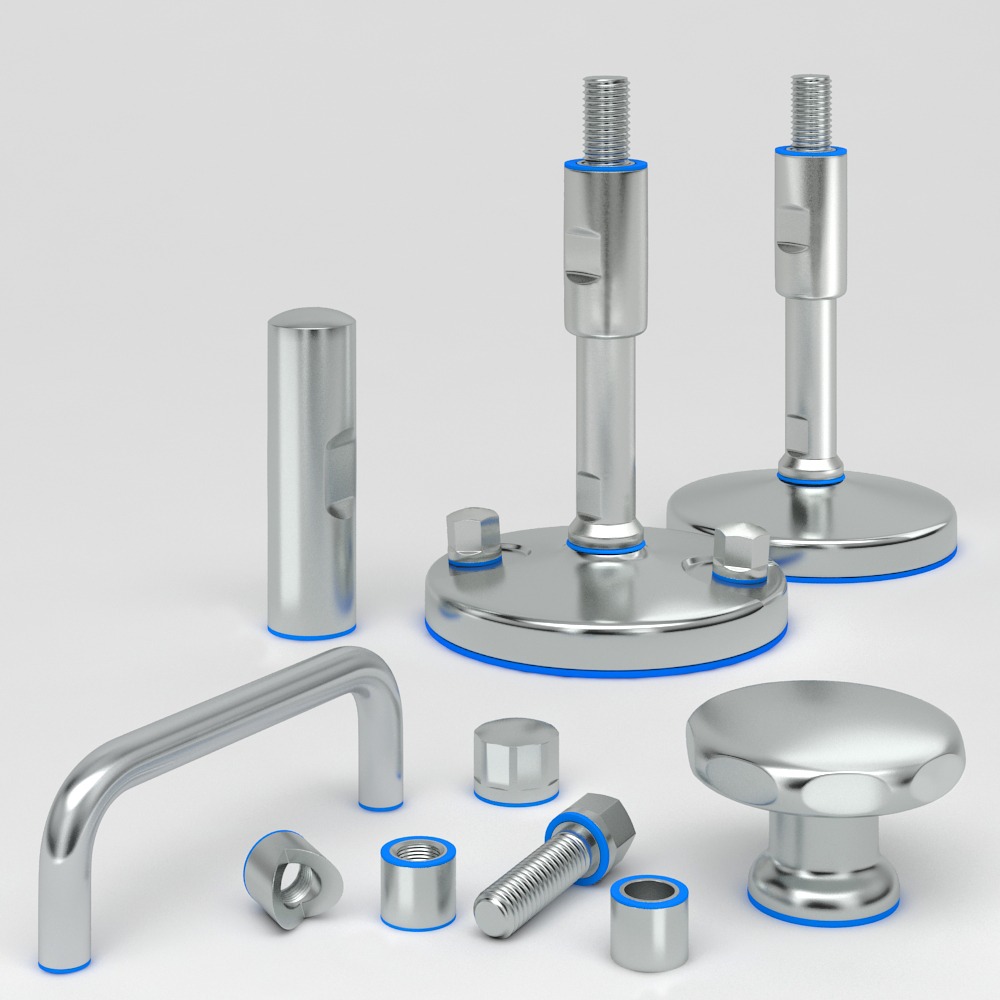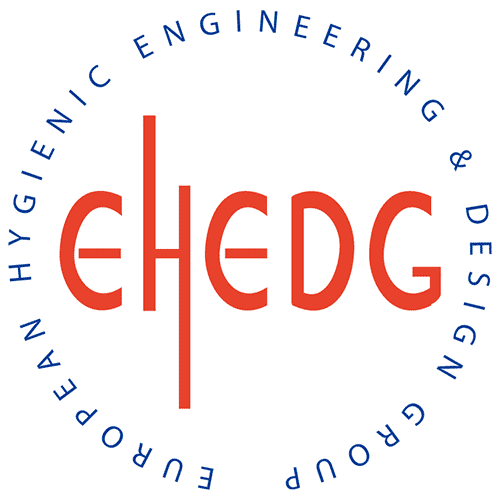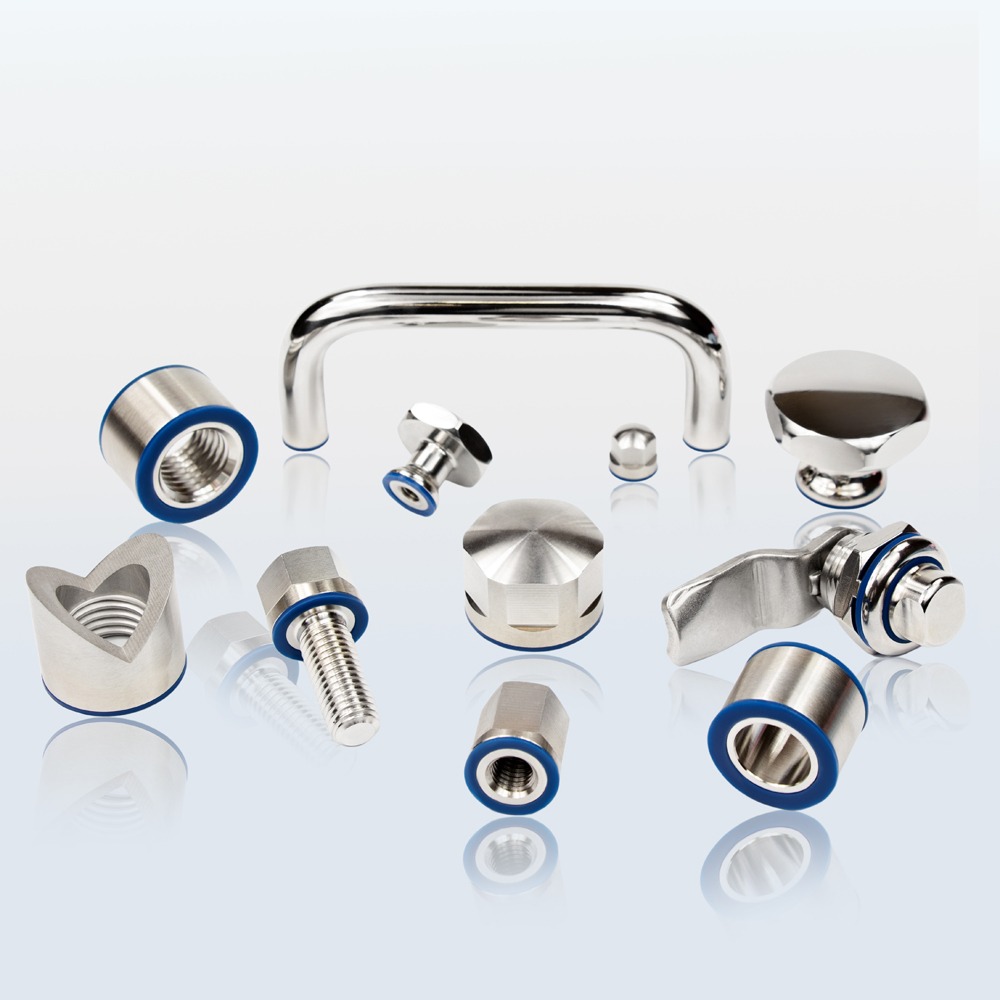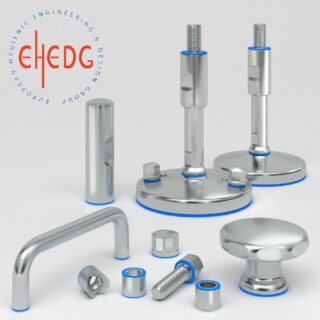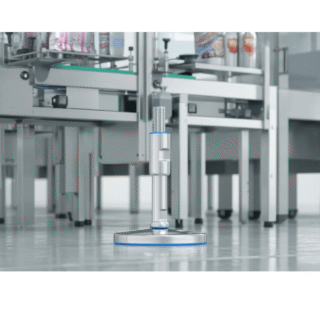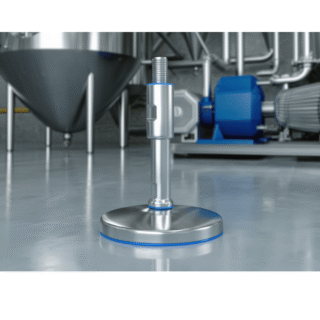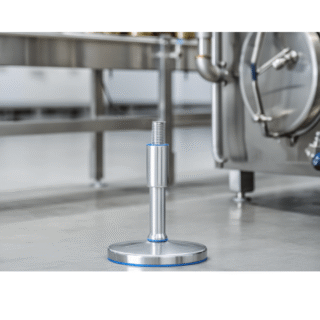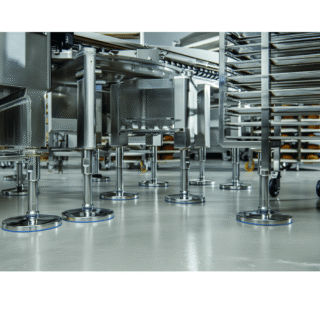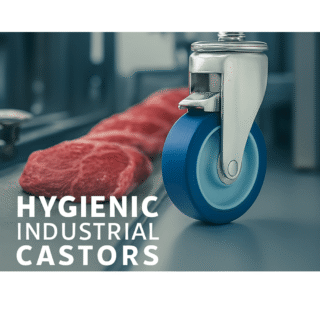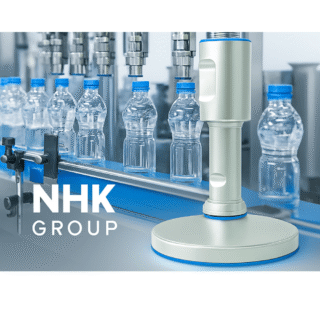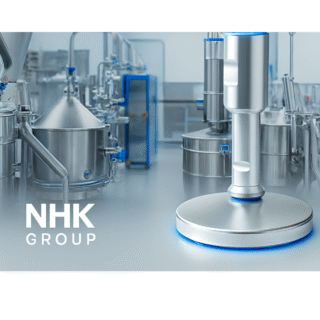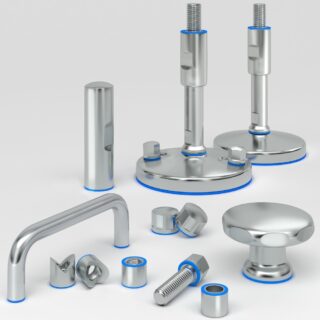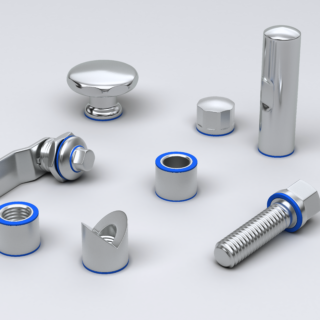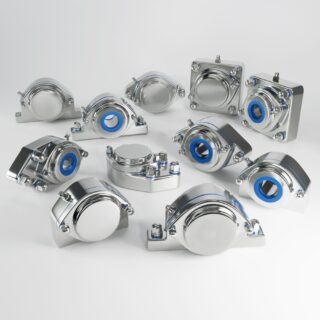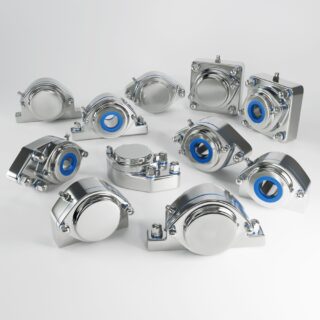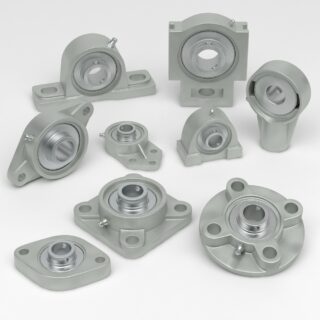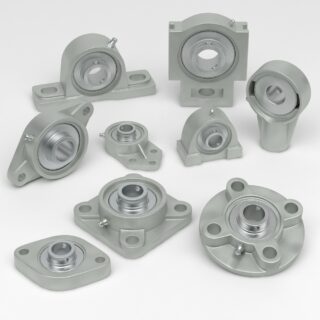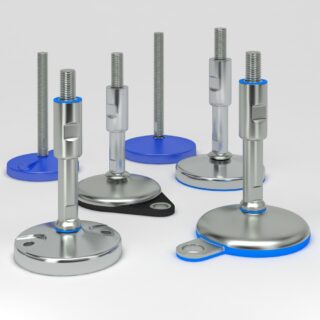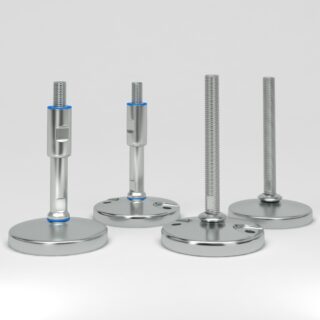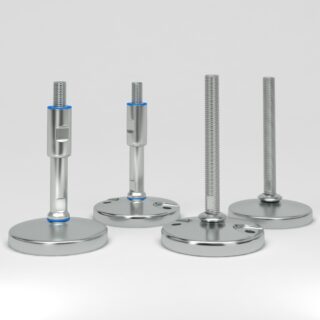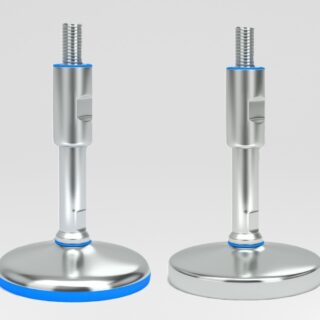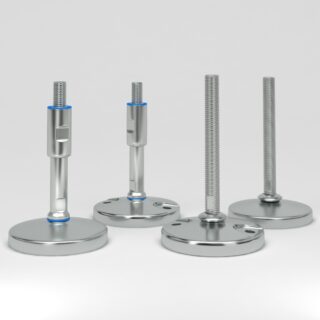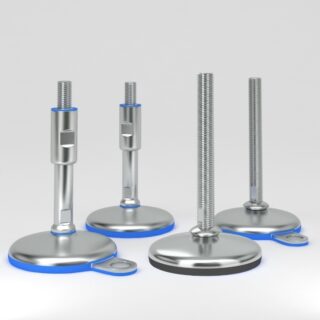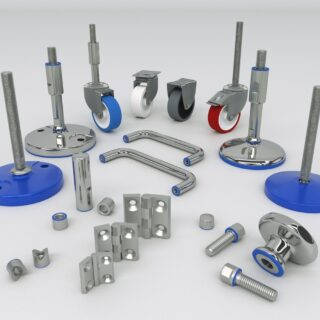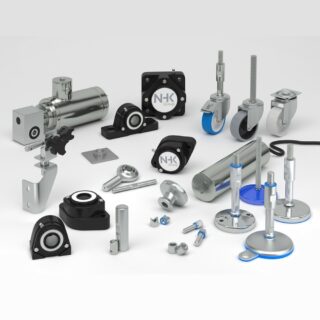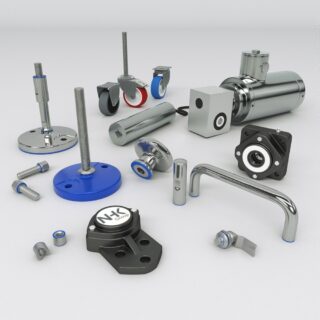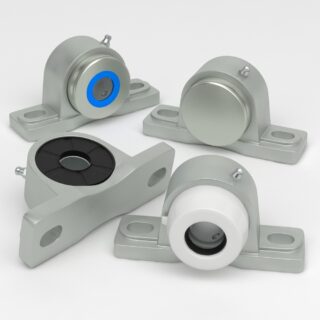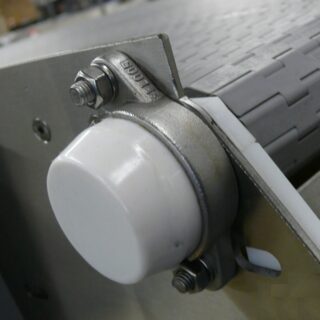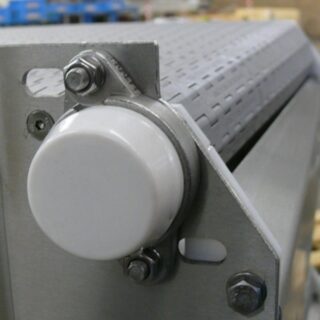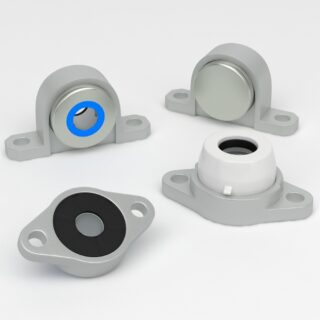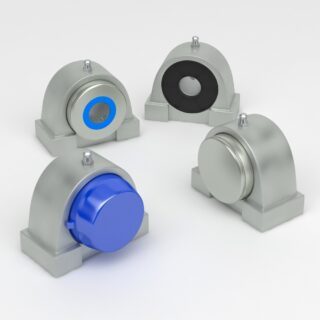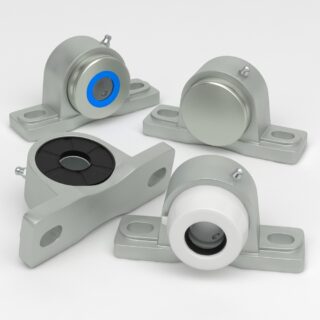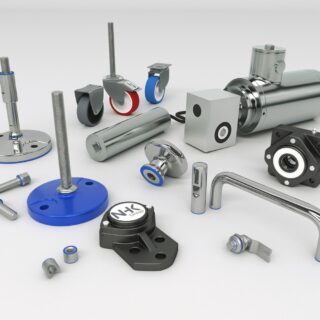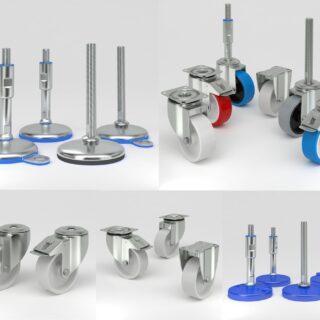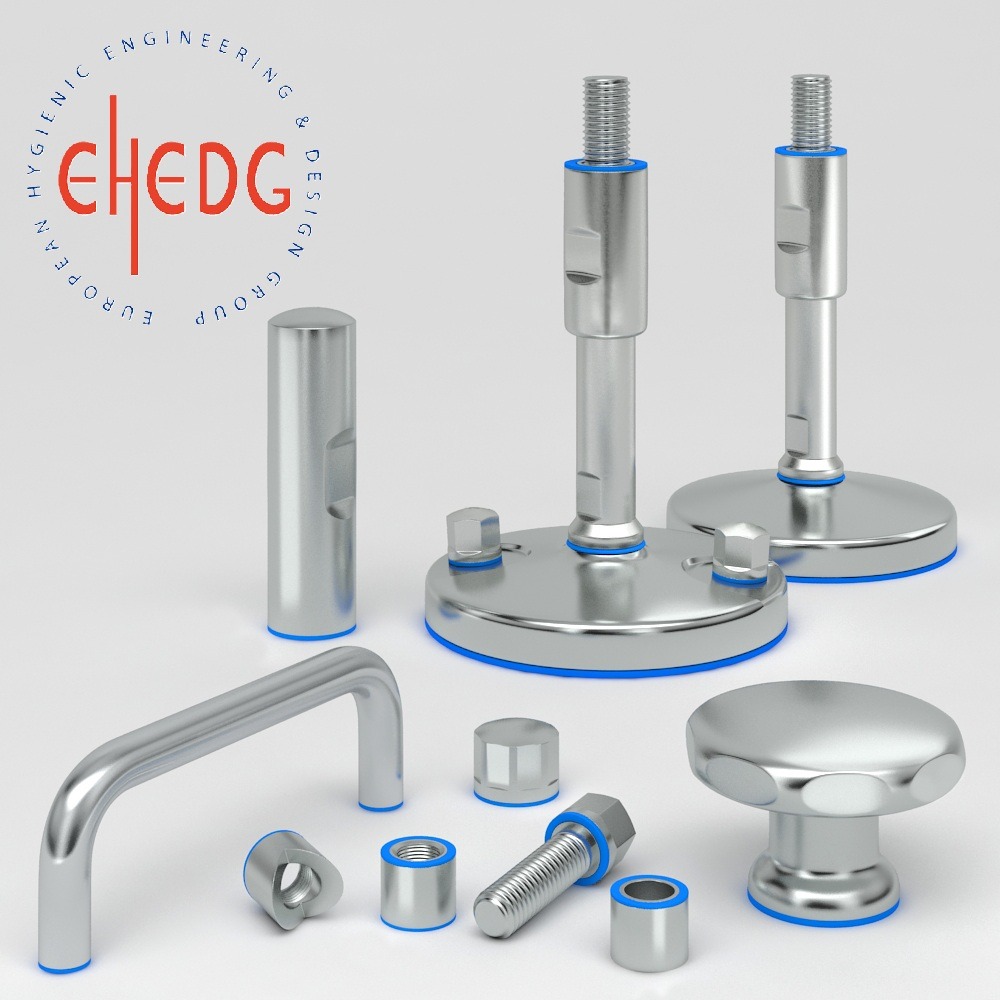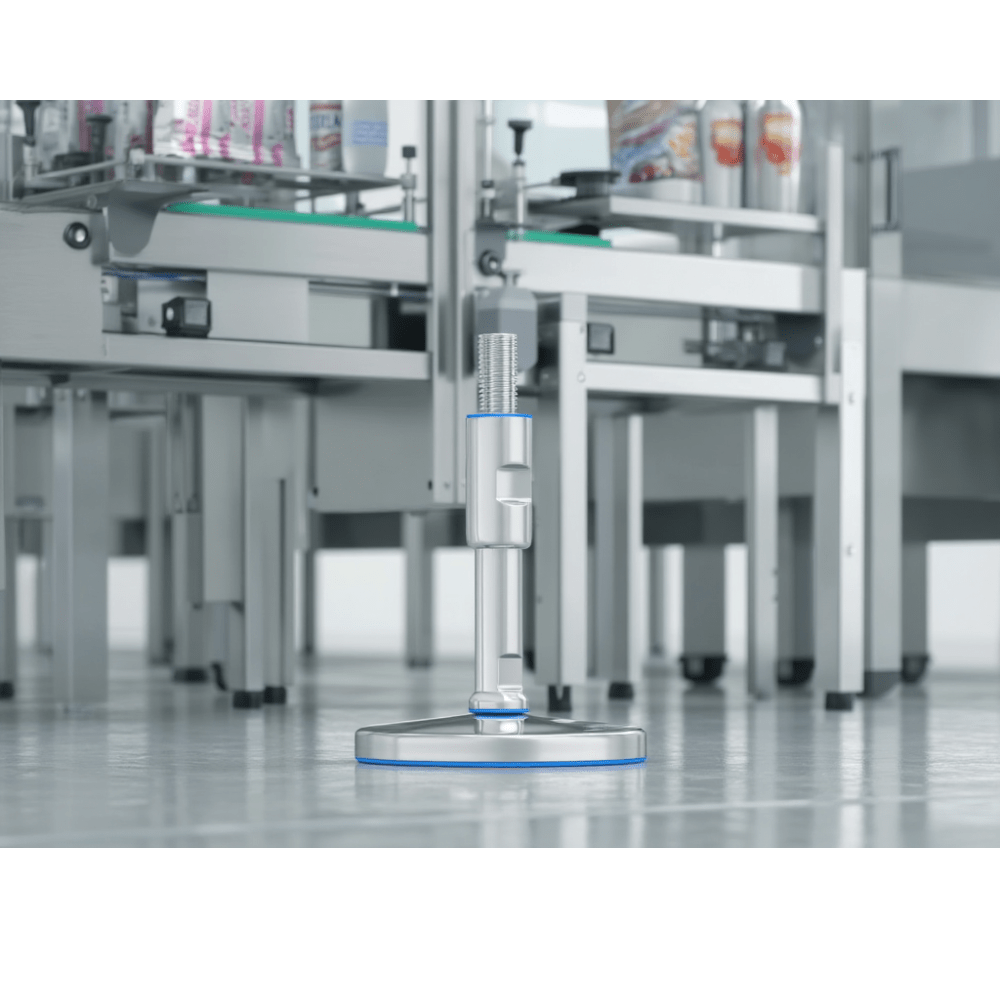Customer Feedback Loops:
Establish continuous feedback mechanisms to gather insights directly from your users. This can be done through surveys, focus groups, user testing sessions, and direct customer support interactions. Such feedback loops can provide actionable insights that drive innovation and product refinement.
Market Research:
Conduct in-depth market research to identify emerging trends, technologies, and potential gaps in the market. This research can inform your product development process, ensuring that your innovations are not only technically advanced but also aligned with market needs and future growth areas.
Cross-functional Collaboration:
Foster a culture of collaboration between different departments within your organization, such as marketing, sales, engineering, and customer service. This interdisciplinary approach can bring diverse perspectives to the product design process, leading to more innovative solutions that address a wider range of customer challenges.
Prototype and Iterate:
Embrace a rapid prototyping approach, where new ideas are quickly turned into testable prototypes. This allows for fast iteration based on real-world testing and feedback, ensuring that the final product is finely tuned to customer needs.
Leverage Data and Analytics:
Utilize data analytics to gain deeper insights into customer behavior, preferences, and usage patterns. This data-driven approach can help identify new opportunities for innovation and ensure that product features are closely aligned with customer requirements.
Invest in Technology and Skills:
Stay ahead of the curve by investing in the latest technologies and upskilling your team. This could involve exploring areas like artificial intelligence, machine learning, and blockchain, or adopting agile and lean product development methodologies.
Sustainability and Ethics:
Consider the broader impact of your products, focusing on sustainability and ethical considerations. Products designed with these principles in mind can resonate more deeply with customers and help differentiate your brand in a crowded market.
Continuous Improvement:
By integrating these strategies into your product development process, you can enhance your ability to deliver innovative, customer-centric solutions. This approach not only helps in addressing the immediate challenges faced by your customers but also positions your company as a forward-thinking leader in your industry.
EHEDG certified components play a vital role in improving food safety in several ways:
- Preventing Contamination: EHEDG certified components are designed to minimize the risk of contamination by eliminating areas where bacteria and pathogens can harbor. Smooth surfaces, tight seals, and easily cleanable designs reduce the likelihood of microbial growth and cross-contamination.
- Hygienic Design: EHEDG guidelines ensure that components are designed with hygiene in mind, incorporating features such as rounded edges, crevice-free surfaces, and easily accessible areas for cleaning. This reduces the risk of foodborne illness by making it easier to thoroughly clean and sanitize equipment.
- Enhanced Cleanability: EHEDG certified components are constructed to be easy to clean and sanitize, reducing the time and effort required for maintenance. This promotes more frequent and effective cleaning practices, which are essential for preventing the buildup of harmful bacteria and ensuring food safety.
- Durability and Reliability: EHEDG certification not only focuses on hygiene but also on the durability and reliability of components. Equipment built with EHEDG certified components is less prone to wear and corrosion, reducing the risk of equipment failure and contamination.
- Compliance with Regulations: Utilizing EHEDG certified components helps food manufacturers comply with regulatory standards and industry best practices for food safety. Adhering to these standards not only ensures the safety of the final product but also protects the reputation and credibility of the brand.
- Minimizing Product Loss: By reducing the risk of contamination and ensuring product integrity, EHEDG certified components help minimize product loss due to spoilage or recalls. This not only saves money for manufacturers but also contributes to overall food supply chain efficiency and sustainability.
- Improving Consumer Confidence: Consumers are increasingly concerned about food safety, and the use of EHEDG certified components demonstrates a commitment to producing safe and high-quality food products. This can enhance consumer trust and loyalty, leading to increased sales and brand reputation.
In summary, EHEDG certified components play a crucial role in improving food safety by preventing contamination, promoting hygienic design and cleanability, ensuring durability and reliability, facilitating regulatory compliance, minimizing product loss, and enhancing consumer confidence.
